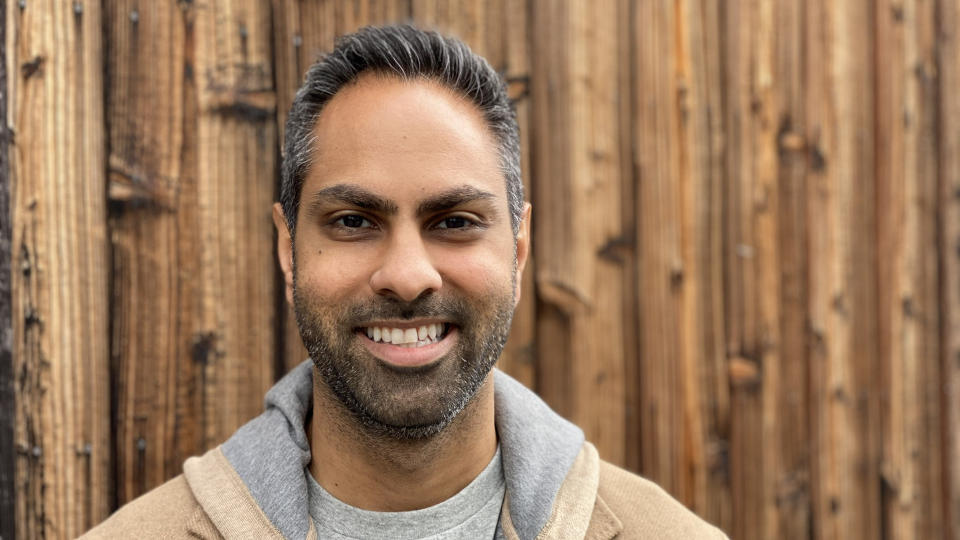Ramit Sethi Says Extreme Frugality Isn’t Worth It: Here’s Why

New York Times bestselling author Ramit Sethi is well known for his unconventional approach to building wealth. He often goes against the grain when it comes to splurging on a cup of coffee or paying for convenience. He frequently encourages his followers to spend guilt-free after automating their saving and investing.
Read Next: I’m a Frugal Shopper: 4 Items I Always Buy Secondhand To Save Money
Find Out: How To Get $340 Per Year in Cash Back on Gas and Other Things You Already Buy
Sethi provided additional insight into his theory on spending in a YouTube video for CNBC Make It. In the video, “Ramit Sethi: Extreme Frugality Isn’t Worth It,” the founder of I Will Teach You To Be Rich said he advocates spending extravagantly on the things you love after setting your saving and investing goals. He also said that money that buys back your time is not wasted.
Here is more on why Sethi believes extreme frugality simply isn’t worth it.
Sponsored: Owe the IRS $10K or more? Schedule a FREE consultation to see if you qualify for tax relief.
Depriving Yourself Isn’t Really Living
Going against traditional wisdom, Sethi said you shouldn’t worry about buying a pair of jeans or spending $3 on a cup of coffee. He noted that trying to follow extreme frugality may result in you being miserable every day, which isn’t a life he would want to live.
He noted that it could take years before you have enough money to do the things you love. “One day, when you’re 2,000 years old, you can feel great — who wants to live like that?” he said.
Learn More: Mark Cuban Reveals Why He Keeps a Strict Budget Everyday
Making the Case Against Extreme Frugality
“I actually want to make the case against extreme frugality,” Sethi said in the two-minute video.
Instead of saving all of your money up in a little treasure box for some day in the future that may never come, Sethi said, he “would rather you set your automatic savings goals, you set your automatic investing goals and then you take the rest of your money, your guilt-free money, and you spend it extravagantly on the things you love.”
Buy Time With Your Money
Instead of scrimping and saving without ever spending, Sethi advocated spending your money to buy back your time. For example, he has no problem with buying pre-cut vegetables for slightly more than their uncut counterparts if it will save time.
He encouraged people living in New York to hire a dog walker. “You have a dog; you may not have time to walk that dog in the middle of the day. Boom, dog walker,” he said.
And as you become more successful, “there are even more ways that you may want to spend your money,” Sethi said. “You may want to hire an assistant to help plan your travel. You may want to spend for a business class flight because when you arrive you’re getting straight to work,” he added. All of these are ways to buy back your time, according to Sethi.
Saving and Investing Still Matter
While Sethi may not believe in extreme frugality, he still advocates saving and investing a decent percentage of your income. He said you should be aiming to save between 5% and 10% of your take-home income and invest 10% of your take-home income.
Guilt-Free Money
After you account for your fixed expenses — such as your rent or mortgage and the 5% to 10% that you are investing and saving — the rest of your income should be “guilt-free money,” Sethi said.
More From GOBankingRates
I'm a Shopping Expert: 9 Items I'd Never Put in My Grocery Cart
This is One of the Best Ways to Boost Your Retirement Savings in 2024
This article originally appeared on GOBankingRates.com: Ramit Sethi Says Extreme Frugality Isn’t Worth It: Here’s Why

 Yahoo Finance
Yahoo Finance 